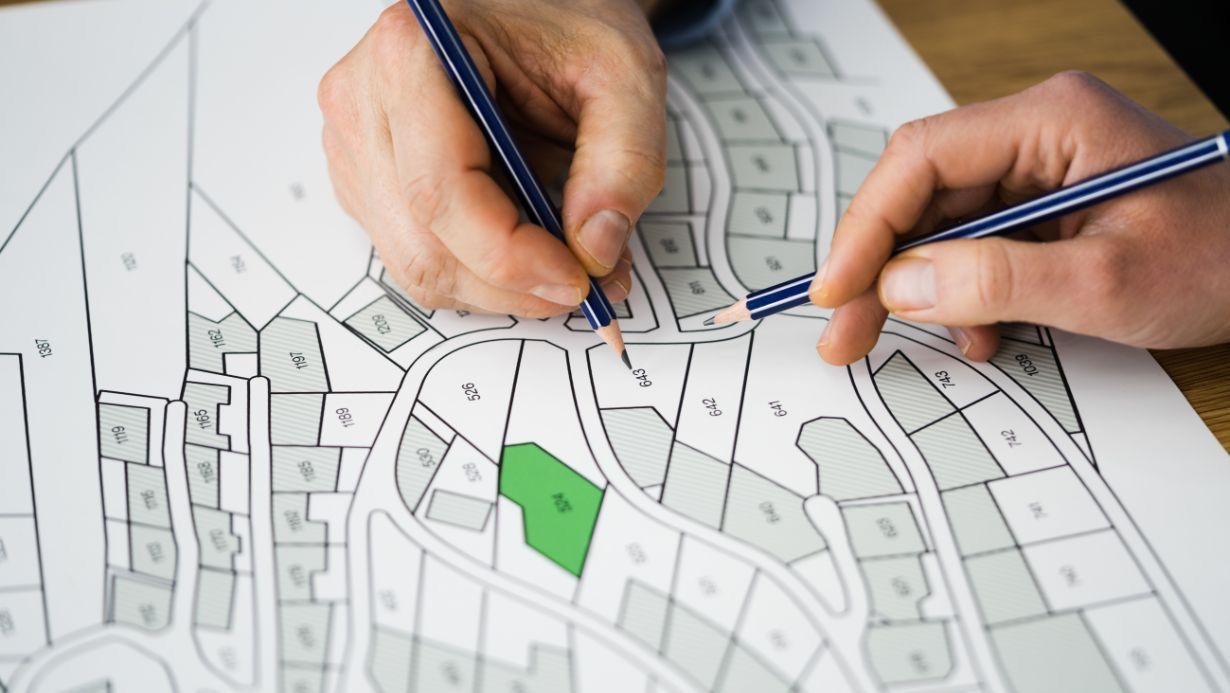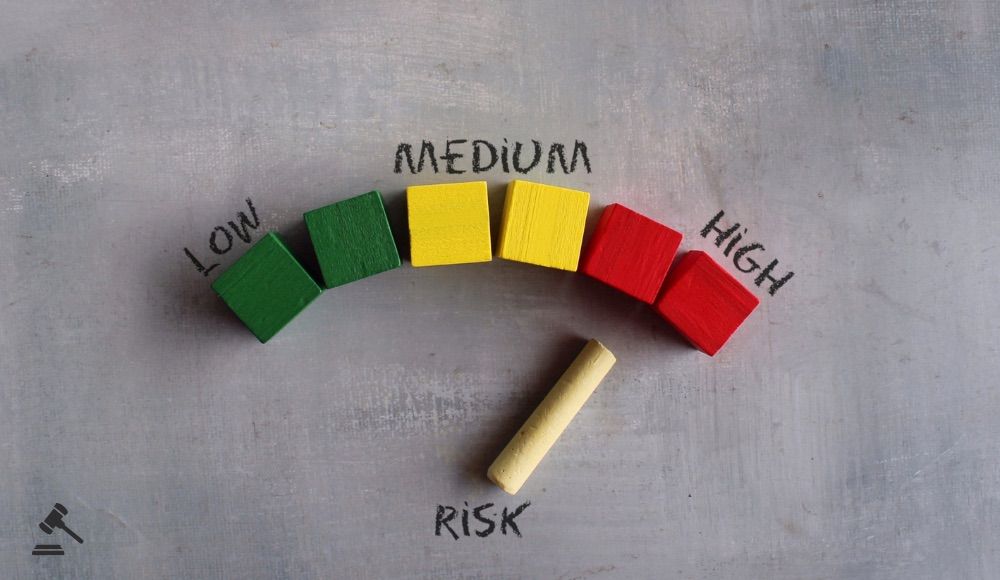How to Handle Boundary Disputes

If you are facing a property line dispute with a neighbor, an experienced Real Estate Attorney can provide guidance to help you. A property line dispute may occur when neighbors disagree on the boundaries of their properties. This can sometimes be resolved with a formal survey of the properties.
Disputes can also occur when deed descriptions are inaccurate or multiple deeds with conflicting information exist. This sometimes happens with easements and the use of a driveway over someone’s property to gain access to another property.
Examples of Potential Boundary Disputes
Here are a few examples of scenarios that may cause a boundary dispute:
- You want to replace a fence, but your neighbor discovers that the original fence is on their property.
- You discover that your neighbor's driveway goes onto your property a few inches or feet.
- You begin building a shed, but your neighbor tells you some of the area you are building it on is their property.
- Crossing your neighbor's lot is the only way to access your property.
Terms to Know
- Encroachments
– "The term encroachment refers to a situation in real estate where a property owner violates the property rights of his neighbor by building on or extending a structure to the neighbor's land or property intentionally or otherwise,"
Investopedia explains.
- Trespassing
– Trespassing occurs when someone travels onto your property without your permission.
- Easements
– "An easement on a real estate property is a grant that provides an individual or company legal access to a property for a specific purpose,"
Rocket Homes explains. "For example, a utility company may be granted an easement on your property to access and maintain water lines, or you might obtain a private easement to cross a neighbor's property line to get to your own."
- Adverse Possession – Adverse possession occurs when someone gains ownership over time via an open and notorious use of someone’s property or a part of the property.
How to Handle a Boundary Dispute
Sometimes, boundary disputes are not worth arguing over. The cost, frustration, and friction between neighbors may not be worth disputing a few inches. However, if your neighbor tells you that the new addition you built is encroaching on their property and you must remove it, you will likely need to address the issue.
Having all the facts to help guide your decisions is always good. With a boundary dispute, you can do this by having a survey to determine land boundaries, an appraisal to determine the market value of the property in dispute, and a complete title search (search of all recorded documents relevant to your property title).
To minimize cost and animosity, it may be possible to resolve the issue through conversations – in person, by phone, by mail, or by email – with your neighbor. It is often a good idea to consult with a real estate attorney before the conversation with your neighbor to confirm your rights and the applicable law.
If the issue cannot be resolved through private conversations, your attorney might send a demand letter. The demand letter explains the situation and asks for some form of action or an offer of a settlement, which could include dividing property, modifying boundary lines or monetary compensation.
If private discussions and the demand letter do not resolve the boundary dispute, litigation may be necessary.
Hire a Real Estate Attorney
If you are involved in a boundary dispute, one of the experienced Real Estate attorneys at Bingaman Hess can help you navigate the law – answer your questions, let you know the strength of your position and represent you if the dispute goes to court.
Give us a call at 610.374.8377 or find us online.










